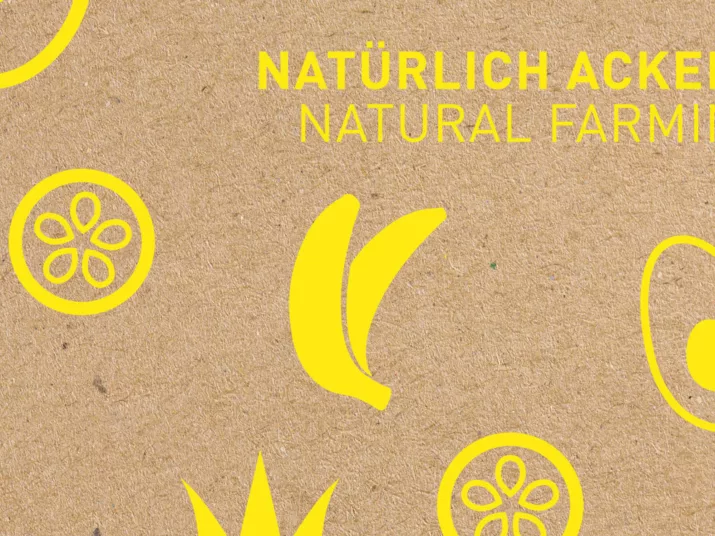
Close to Nature
How can we conceive agriculture in a way that causes as little damage as possible to nature and the environment? In other words, how can we engage in arable farming that relies on plant diversity and avoids chemical fertilisers and pesticides?

The concept of “permaculture” is one way to achieve this goal. This method relies on the planting of permanent crops in fields and gardens, in which the human intervenes very little once the cultivation has taken place. In order to make agriculture as natural as possible, even the use of machinery in field work is mostly avoided. Permaculture yields are usually lower than those from conventional agriculture, but its contribution to conserving biodiversity is valuable in the long term.
Principles of permaculture – a selection
Analysis and usage
With permaculture, it’s important to become familiar with the garden and its plants. What is the quality of the soil like? What path does the sun follow over the course of the day? Which animals use the area as a habitat? This information is the basis of any form of plant cultivation.
Energy collection and storage
Natural resources should be exploited – for instance, solar energy for heating greenhouses or rainwater for watering the plants.
Generating yields
Gardens and fields should serve a purpose, namely, to produce a harvest.
Creating cycles
Herbs, shrubs and the like should be chosen to benefit each other – for instance, to deter insects and weeds or to provide shade.
Finding small and slow solution strategies
Unsophisticated and practical solutions are preferred. For instance, from a holistic view, plants that grow slowly but steadily are more useful in the long run.
Valuing and promoting diversity
The more “colourful” a garden, the better: it makes the plants less susceptible to diseases and pests. The environment benefits too – for example, insects that depend on greater biodiversity.
Using marginal areas
Not every plot of land is considered well suited for cultivation. But even these areas should be integrated, with use being made of their peculiarities
Benefiting from changes
The interaction of plants, weather and the environment is subject to constant change. We need to react flexibly to changes and make practical use of them for our own advantage.
A permaculture garden.
Photo: nomadkate / Fotolia
Projects and examples
Krameterhof
The Holzer family farm is located in the Alps south of Salzburg, at an altitude of around 1,500 metres. It’s one of the pioneer farms of permaculture. For more than 50 years, the farm has experimented with different planting and growing methods – it’s an open-air laboratory. In guided tours and in on-site seminars and training courses, experience and knowledge of permacultural farming are shared.
Eco-village Sieben Linden
A self-sufficient village? This was the goal 15 pioneers set themselves in Saxony-Anhalt in the 1990s. According to the design principles of permaculture, they laid out the grounds of the village to provide homes for up to 300 people in “Sieben Linden”.
Aerial view of the "Sieben Linden" ecovillage.
Photo: Ökodorf Sieben Linden
Laguna Blanca
For many years, the Laguna Blanca farm in Argentina functioned as a conventional farm of more than 3,000 hectares. The consequence of this traditional farming was soil erosion in the region. Since 2007, the farm and fields have been reorganised according to the concept of permaculture: the fields were divided into small plots, with terraces created to protect the soil.
In the supermarket
Cultivation according to the principles of permaculture often takes place on a small scale for private consumption. The company “lehmann natur” has set itself the goal of bringing fruit and vegetables from sustainable agriculture into the supermarkets too. For this purpose, the wholesaler operates a number of its own permaculture farms in Spain and collaborates with other producers across Europe.